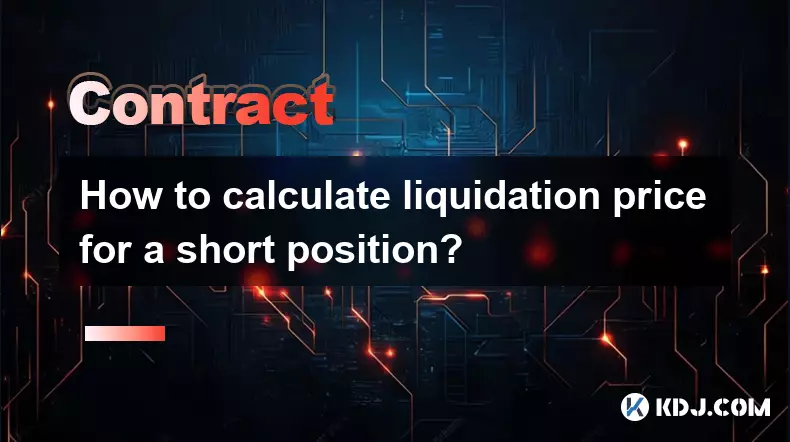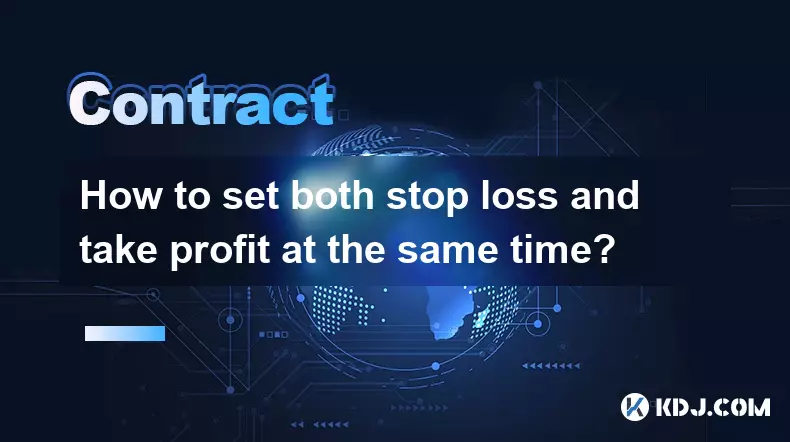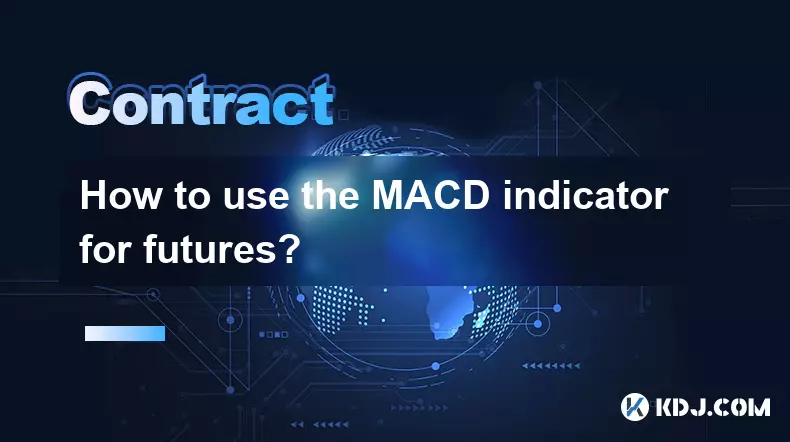-
 Bitcoin
Bitcoin $111100
0.71% -
 Ethereum
Ethereum $4298
0.48% -
 XRP
XRP $2.871
2.04% -
 Tether USDt
Tether USDt $0.0000
-0.03% -
 BNB
BNB $882.1
2.31% -
 Solana
Solana $206.1
2.72% -
 USDC
USDC $0.0000
0.03% -
 Dogecoin
Dogecoin $0.2271
5.03% -
 TRON
TRON $0.3306
5.37% -
 Cardano
Cardano $0.8324
1.53% -
 Hyperliquid
Hyperliquid $47.14
1.82% -
 Chainlink
Chainlink $22.37
0.43% -
 Ethena USDe
Ethena USDe $1.001
-0.02% -
 Sui
Sui $3.384
1.21% -
 Bitcoin Cash
Bitcoin Cash $603.7
1.48% -
 Stellar
Stellar $0.3596
0.61% -
 Avalanche
Avalanche $24.64
0.99% -
 Hedera
Hedera $0.2191
1.59% -
 Cronos
Cronos $0.2624
-1.85% -
 UNUS SED LEO
UNUS SED LEO $9.538
-0.40% -
 Litecoin
Litecoin $114.5
1.93% -
 Toncoin
Toncoin $3.093
0.82% -
 Shiba Inu
Shiba Inu $0.00001243
1.15% -
 Polkadot
Polkadot $3.986
4.13% -
 Uniswap
Uniswap $9.362
0.15% -
 World Liberty Financial
World Liberty Financial $0.2255
4.47% -
 Dai
Dai $0.9998
-0.01% -
 Ethena
Ethena $0.7402
0.63% -
 Monero
Monero $271.3
0.62% -
 Aave
Aave $300.7
0.53%
How to calculate liquidation price for a short position?
A short position is liquidated when rising prices deplete margin below maintenance levels, forcing automatic closure to limit losses, often near the mark price.
Sep 08, 2025 at 03:54 am

Understanding the Basics of Short Position Liquidation
1. A short position in the cryptocurrency market involves borrowing an asset and selling it immediately, with the goal of buying it back later at a lower price. The difference between the sell and buy price represents the trader’s profit. However, if the price increases instead of decreasing, losses accumulate rapidly.
2. Liquidation occurs when the price moves against the short position to the point where the collateral backing the position is no longer sufficient to cover potential losses. At this threshold, the exchange automatically closes the position to prevent further risk exposure.
3. The liquidation price is the specific market price at which this forced closure takes place. It is determined by several factors, including the entry price, leverage used, maintenance margin, and funding fees if applicable.
4. Calculating the liquidation price for a short position requires understanding the initial margin, the borrowed amount, and the exchange’s margin requirements. Each exchange has slightly different formulas based on their risk management models.
5. Traders must monitor their position’s health closely, especially in volatile markets where rapid price swings can trigger liquidation even with small adverse movements.
Key Variables in Liquidation Price Calculation
1. The entry price is the market price at which the asset was initially sold short. This serves as the baseline for all profit and loss calculations.
2. Leverage amplifies both gains and losses. A position opened with 10x leverage means that a 10% move against the position could lead to full liquidation, assuming no additional margin is added.
3. Maintenance margin is the minimum amount of equity that must be maintained in the margin account. If the equity falls below this level due to losses, liquidation is triggered.
4. The formula for the liquidation price of a short position typically follows this structure: Liquidation Price = Entry Price / (1 + Maintenance Margin Rate - Funding and Fees). This varies slightly depending on the platform.
5. Some platforms include funding rates in their calculations, especially for perpetual contracts. These periodic payments can influence the effective cost of maintaining the short over time and must be factored into accurate estimations.
Step-by-Step Calculation Example
1. Suppose a trader shorts 1 BTC at $30,000 using 20x leverage on a platform with a 0.5% maintenance margin rate. The total position size is $30,000, and the initial margin posted is $1,500.
2. As the price of BTC rises, the unrealized loss on the short position increases. The equity in the margin account decreases accordingly.
3. Using the simplified formula: Liquidation Price ≈ Entry Price × (1 + Maintenance Margin Rate) / (1 + Funding Rate + Other Costs), and assuming negligible funding costs, the liquidation price would be approximately $30,000 × (1 + 0.005) = $30,150.
4. In reality, the calculation may also account for the mark price instead of the last traded price to prevent manipulation. Exchanges use the mark price to determine liquidation, which is often derived from a global average or index price.
5. If the mark price reaches $30,150, the system triggers liquidation, closing the short position and potentially charging a liquidation fee on top of the lost margin.
Common Factors That Influence Liquidation Risk
1. High leverage significantly reduces the buffer against price movements. A 50x leveraged short can be liquidated by a mere 2% adverse move, making it extremely risky during volatile periods.
2. Market slippage during rapid price movements can cause the actual execution price to differ from the theoretical liquidation price, often resulting in worse outcomes for the trader.
3. Some exchanges apply a liquidation penalty or fee, which is deducted from the remaining margin, further reducing recovery potential after a liquidation event.
4. The type of contract matters. In inverse futures, settlements are done in the base cryptocurrency, which introduces additional volatility due to the denomination of profits and losses in BTC or ETH.
5. Position size relative to available margin plays a critical role. Larger positions with insufficient margin reserves are more prone to early liquidation even with moderate market fluctuations.
Frequently Asked Questions
What is the difference between mark price and last traded price in liquidation?Exchanges use the mark price to determine liquidation levels to avoid manipulation. The mark price is usually a fair value estimate based on spot indices and funding rates, while the last traded price reflects actual recent transactions which can be volatile or skewed.
Can I avoid liquidation by adding more margin?Yes, most platforms allow traders to increase their margin manually. Adding more funds improves the position’s health score and pushes the liquidation price further away from the current market level.
Why do some short positions get liquidated even when the price doesn’t reach the calculated level?This can happen due to the use of mark price instead of the last traded price. If the funding rate diverges or the index price shifts rapidly, the mark price may trigger liquidation before the observed market price reaches the expected threshold.
Do different exchanges calculate liquidation prices the same way?No, each exchange has its own risk engine and formula. While the core principles are similar, variations in maintenance margin rates, fee structures, and price oracles lead to differences in actual liquidation thresholds across platforms.
Disclaimer:info@kdj.com
The information provided is not trading advice. kdj.com does not assume any responsibility for any investments made based on the information provided in this article. Cryptocurrencies are highly volatile and it is highly recommended that you invest with caution after thorough research!
If you believe that the content used on this website infringes your copyright, please contact us immediately (info@kdj.com) and we will delete it promptly.
- Bitcoin Core, Censorship Resistance, and Open Letters: A New York Minute on the Crypto Tug-of-War
- 2025-09-08 08:25:11
- Solana Price Soars: ETF Catalyst and Retail Flow Ignite SOL Rally
- 2025-09-08 06:25:13
- Bitcoin, Ethereum, and Token Performance: Can They Outpace FAANG?
- 2025-09-08 07:05:12
- Bitcoin Cash Soars as Ethereum Stumbles: A Crypto Market Rollercoaster
- 2025-09-08 07:25:14
- Hedera Hashgraph: Bullish Potential Brewing Amid Consolidation?
- 2025-09-08 07:10:12
- Crypto Investors Eye Layer Brett: The 'New Pepe' with Real Utility?
- 2025-09-08 07:30:12
Related knowledge

How to set both stop loss and take profit at the same time?
Sep 06,2025 at 04:36pm
Understanding Simultaneous Stop Loss and Take Profit Orders1. Placing both stop loss and take profit orders at the same time is a standard practice in...

What is copy trading for crypto futures?
Sep 07,2025 at 02:00am
What Is Copy Trading in Crypto Futures?1. Copy trading in crypto futures allows investors to automatically replicate the trades of experienced traders...

How to use the MACD indicator for futures?
Sep 07,2025 at 09:00pm
Understanding the MACD Indicator in Futures Trading1. The MACD (Moving Average Convergence Divergence) indicator is a momentum oscillator widely used ...

What to do if you are about to be liquidated?
Sep 06,2025 at 01:00am
Understanding Liquidation in the Crypto Market1. Liquidation occurs when a trader’s margin balance falls below the required maintenance margin, forcin...

How to calculate liquidation price for a short position?
Sep 08,2025 at 03:54am
Understanding the Basics of Short Position Liquidation1. A short position in the cryptocurrency market involves borrowing an asset and selling it imme...

What is an insurance fund on crypto exchanges?
Sep 06,2025 at 03:36pm
Understanding the Role of Decentralized Exchanges in Modern Cryptocurrency Trading1. Decentralized exchanges (DEXs) have emerged as a cornerstone of t...

How to set both stop loss and take profit at the same time?
Sep 06,2025 at 04:36pm
Understanding Simultaneous Stop Loss and Take Profit Orders1. Placing both stop loss and take profit orders at the same time is a standard practice in...

What is copy trading for crypto futures?
Sep 07,2025 at 02:00am
What Is Copy Trading in Crypto Futures?1. Copy trading in crypto futures allows investors to automatically replicate the trades of experienced traders...

How to use the MACD indicator for futures?
Sep 07,2025 at 09:00pm
Understanding the MACD Indicator in Futures Trading1. The MACD (Moving Average Convergence Divergence) indicator is a momentum oscillator widely used ...

What to do if you are about to be liquidated?
Sep 06,2025 at 01:00am
Understanding Liquidation in the Crypto Market1. Liquidation occurs when a trader’s margin balance falls below the required maintenance margin, forcin...

How to calculate liquidation price for a short position?
Sep 08,2025 at 03:54am
Understanding the Basics of Short Position Liquidation1. A short position in the cryptocurrency market involves borrowing an asset and selling it imme...

What is an insurance fund on crypto exchanges?
Sep 06,2025 at 03:36pm
Understanding the Role of Decentralized Exchanges in Modern Cryptocurrency Trading1. Decentralized exchanges (DEXs) have emerged as a cornerstone of t...
See all articles

























































































